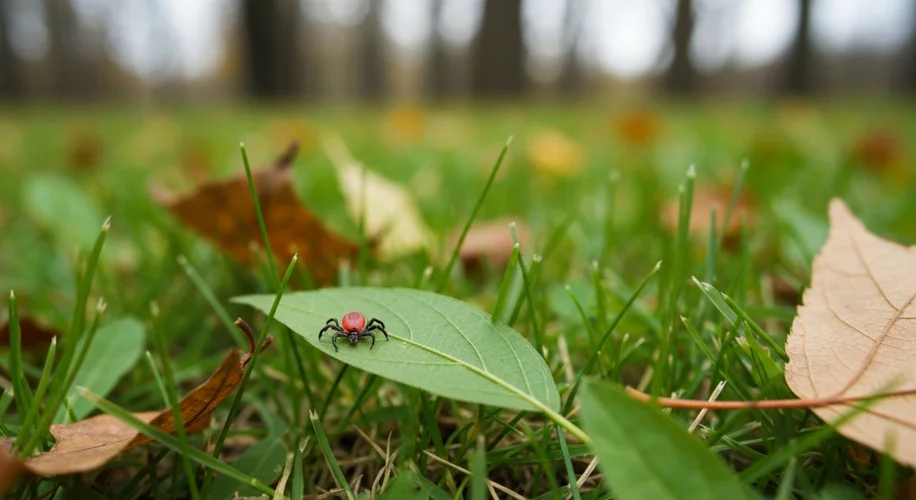Have you noticed the weather feeling a bit different lately? As an atmospheric scientist, I often look at how our planet’s climate is changing, and today, I want to connect those changes directly to something that might be impacting your backyard: ticks.
Recent reports, like one from CNN, have highlighted how a warmer, more humid world is creating ideal conditions for ticks to thrive. This isn’t just about slightly warmer summers; it’s about shifts in our environment that have real-world consequences for public health. Did you know that ticks, the tiny arachnids responsible for spreading diseases like Lyme, are sensitive to temperature and moisture?
How Climate Change Fuels Tick Populations
Think about it: warmer winters mean fewer ticks die off. This allows more of them to survive and reproduce. Coupled with increased humidity, which ticks need to stay hydrated, we’re seeing longer active seasons for these disease carriers. What does this mean practically? It means ticks might be active earlier in the spring and later into the fall than they used to be.
The Spread of Tick-Borne Illnesses
This increase in tick populations directly correlates with a rise in tick-borne diseases, most notably Lyme disease. Lyme disease is caused by bacteria transmitted through the bite of infected blacklegged ticks (also known as deer ticks). Symptoms can range from a characteristic rash to fever, fatigue, and joint pain. If left untreated, it can lead to more severe health problems.
Beyond Lyme, ticks can carry other pathogens that cause illnesses like Rocky Mountain spotted fever, anaplasmosis, and ehrlichiosis. As tick habitats expand and their active periods lengthen due to changing climate patterns, the risk of encountering these diseases in new areas also grows.
What This Means for Us
From my perspective studying climate and its effects, this is a clear example of how atmospheric science intersects with public health. The subtle shifts in temperature and precipitation we model can have a very direct impact on the ecosystems around us, including the prevalence of disease vectors like ticks.
It’s important to be aware of these changes, especially if you spend time outdoors. Knowing where ticks are most likely to be found—tall grass, leaf litter, wooded areas—and taking precautions like wearing protective clothing and using tick repellent can significantly reduce your risk.
This is a problem that affects us all, but by understanding the science behind it, we can better protect ourselves and our communities. It’s a reminder that environmental changes are not abstract concepts; they are realities that shape our daily lives and our well-being.

